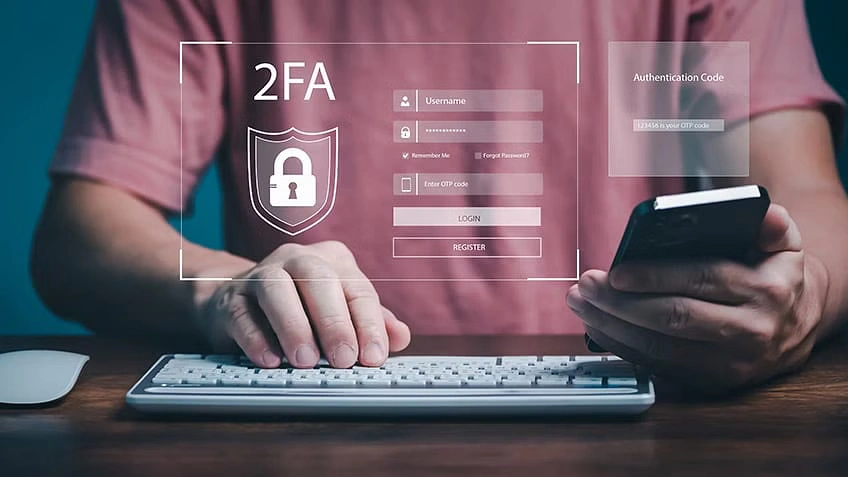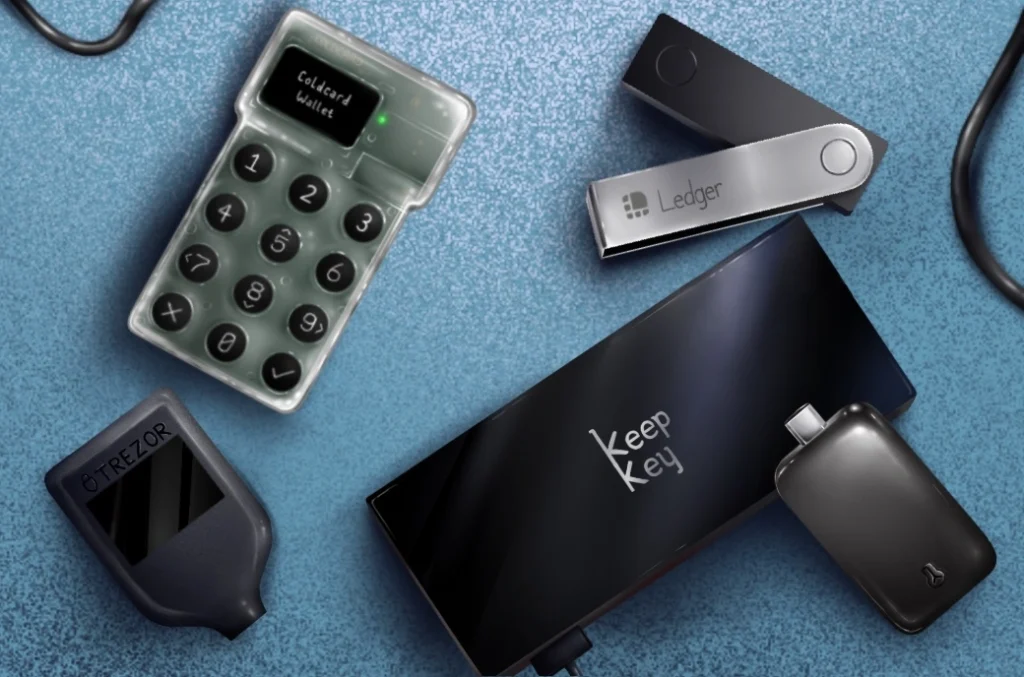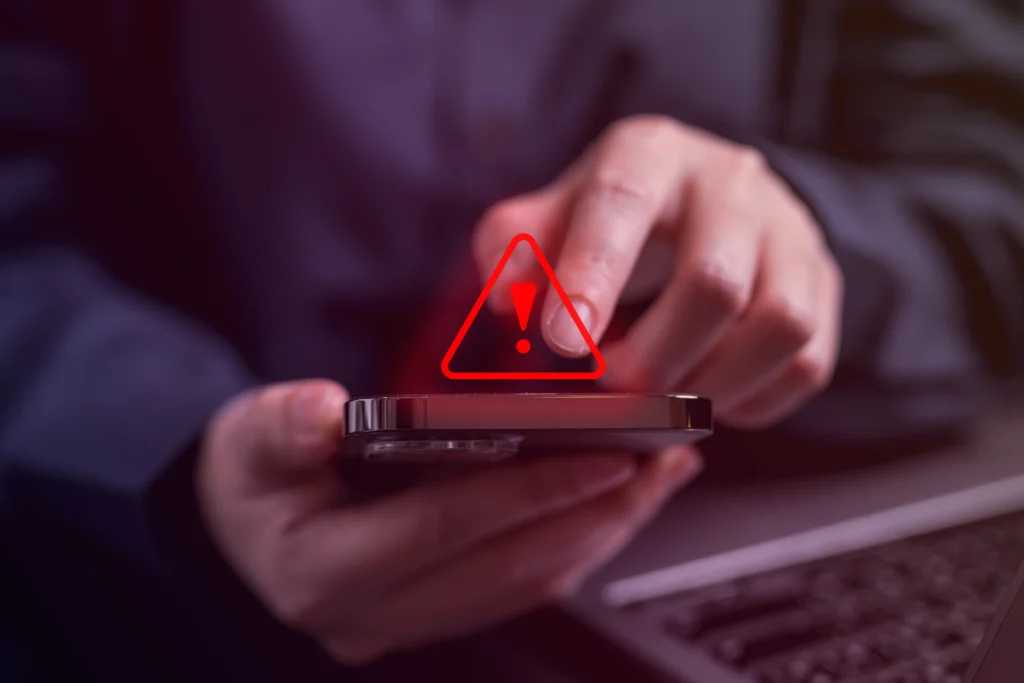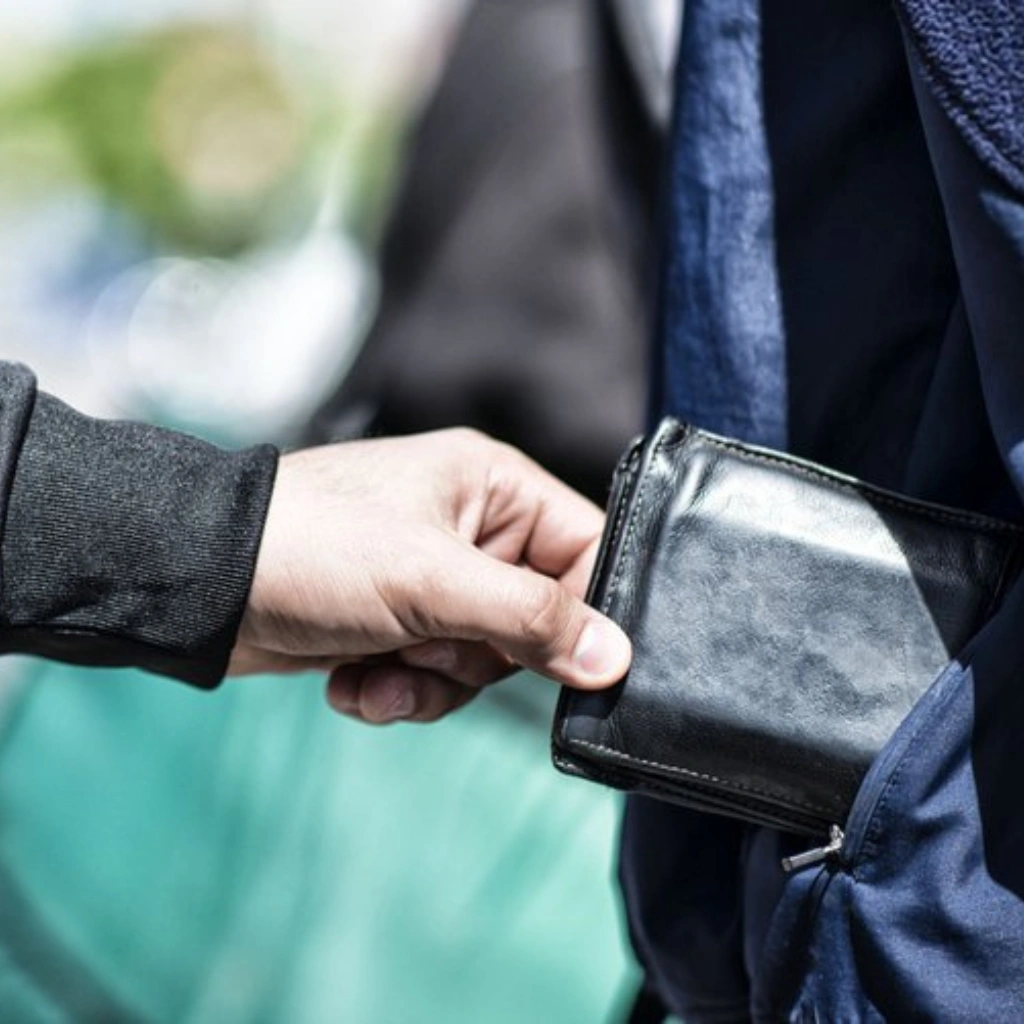Let’s talk about wallet hack response—because, let’s be honest, most of the advice out there sounds like it was written by someone who’s never seen a real breach.
You get that alert, maybe some crypto’s vanished, or your wallet balance just doesn’t add up. Cue panic. And yet, the usual guides just give you a list. Step-by-step. Robotic. Like real life waits in neat little checkboxes.
But here’s my take: a wallet hack response isn’t just about what to do—it’s about how you think.
Wallet Hack Response Step One: Stop the Bleeding, But Don’t Freeze Up
Yes, you need to act fast. No, that doesn’t mean throwing your phone out the window. If you can access the wallet—start there. Cut off permissions to apps, disconnect third-party services, and if it’s crypto, maybe even try to move what’s left.
And please, don’t reuse old passwords this time. Get a password manager. Turn on 2FA. Use a different device while you’re at it, especially if there’s even a chance you’ve got malware.


Too much at once? Probably. But the window to respond is tight—and the truth is, overreacting is often better than underreacting.
Wallet Hack Response Step Two: Reporting Isn’t Hopeless—It’s Strategic
A lot of people skip this part. “What’s the point?” they say. “The cops won’t get my ETH back.” Maybe not. But the point isn’t always recovery—it’s documentation. Pattern-tracking. Sometimes even prevention of future attacks on others.
Use platforms like Chainabuse if it’s crypto, or hit up the wallet provider’s support team. If it’s something like PayPal, Venmo, or Apple Pay—lean into their fraud systems.
It’s annoying, sure. But it also builds a paper trail that might matter more than you think later on—especially for identity theft, credit monitoring, or even insurance claims.
Think Bigger: Wallet Hacks Are a Symptom, Not the Whole Disease
Here’s where most “how-to” lists stop. But here’s where things get real.
If your wallet got hacked, it might not be about the wallet at all. Maybe it was that “one-time” download. Or that sketchy Discord link.
Scan your devices. Audit everything—apps, browser extensions, background processes. Dump what you don’t recognize.
And then, do what nobody wants to do: change your habits. Don’t store all your assets in one wallet. Use cold storage. Split things up. The more friction you add, the safer you are.


Final Thought: A Wallet Hack Response Is About You, Not Just the Wallet
So yeah, the guides will say “step one, two, three.” But life doesn’t care about your checklist. It hits you messy, fast—and expects you to make sense of it mid-panic.
Here’s the real wallet hack response: it’s not just about getting your money back. It’s about learning, adapting, rebuilding. It’s about not trusting too easily, locking down your digital presence, and maybe—just maybe—realizing that the internet isn’t as friendly as we’d like it to be.


You’re not the first. You won’t be the last. But how you come back? That’s entirely up to you.
Relevant news: here











